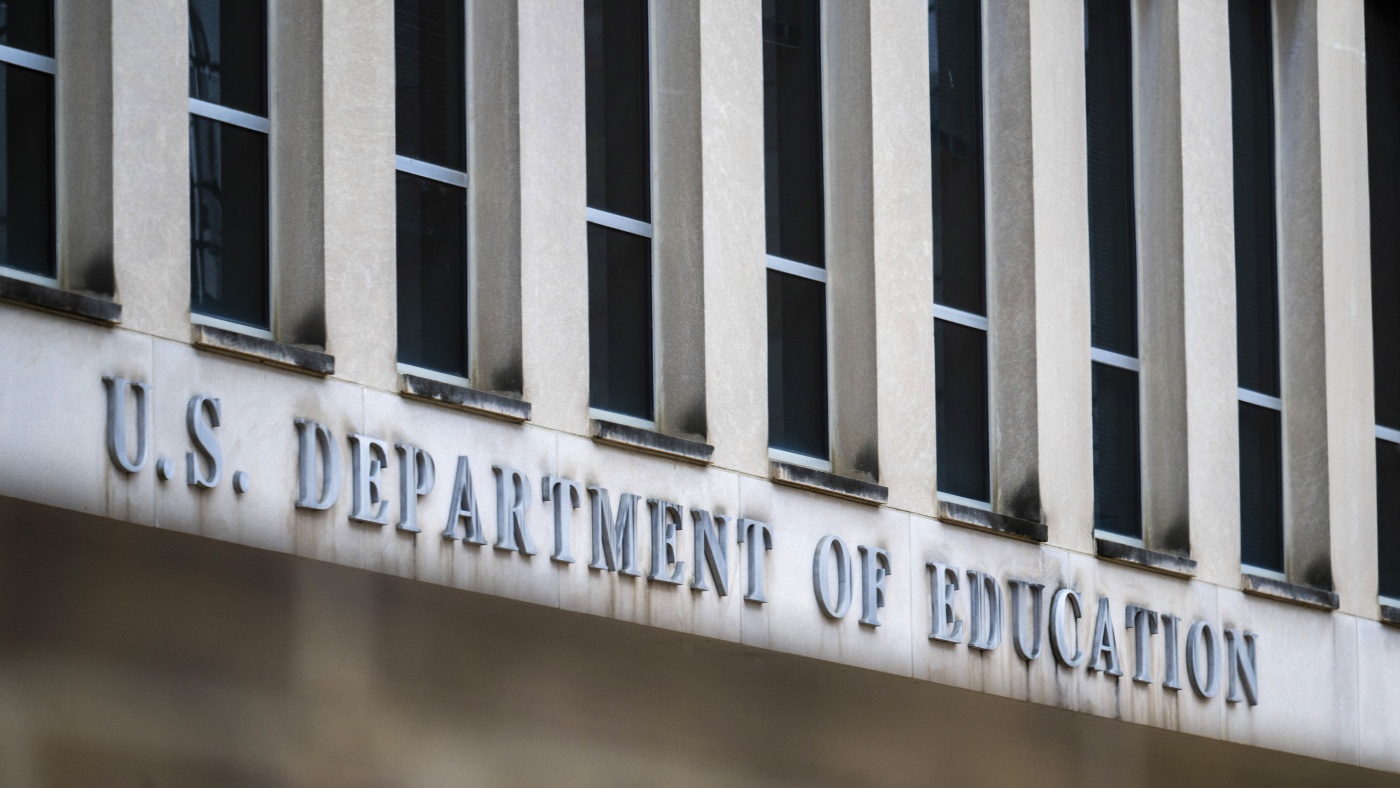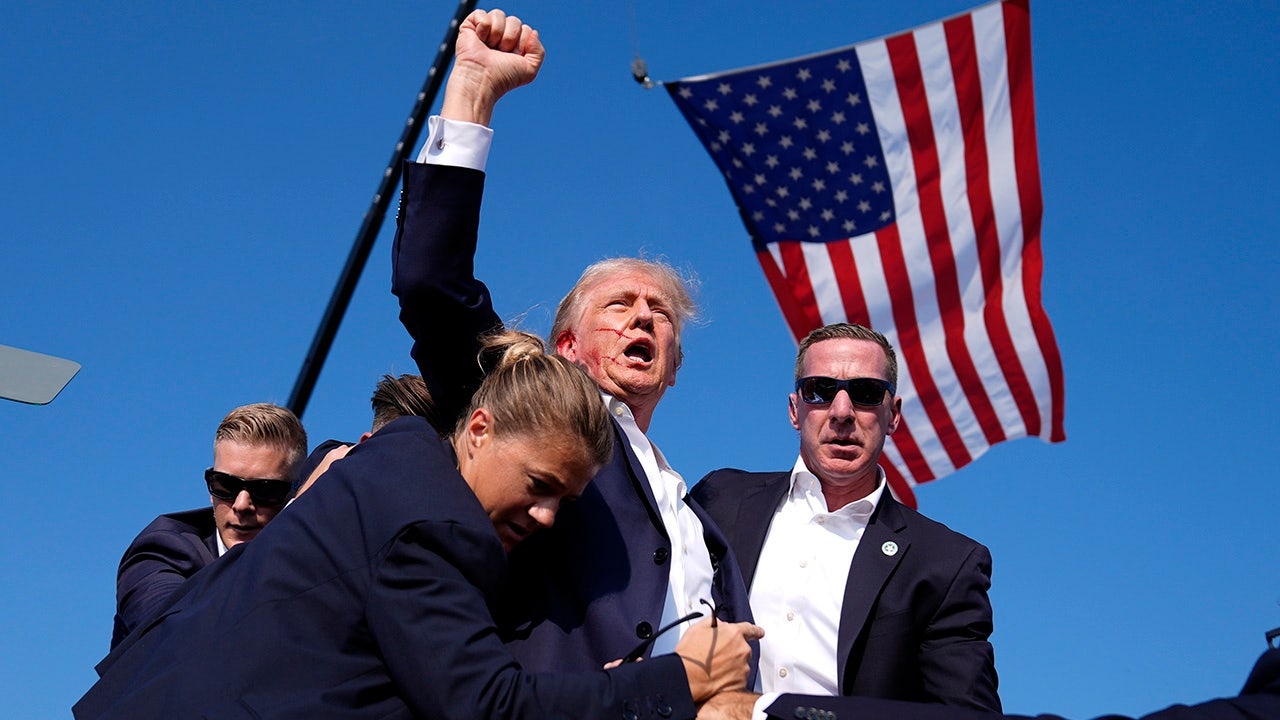>> Moore, Sajak team up to star, donate all proceeds at Hawaii Theatre play
Schedules are subject to change; check theater websites for show times and ticket information.
HAWAII SHAKESPEARE FESTIVAL
hawaiishakes.org
>> “Comedy of Errors” : A man and his servant who don’t know that they each have a twin brother, unwittingly visit the town where their twins live. July 11–20. The Arts at Marks Garage, 1159 Nuuanu Ave.
>> “Hamlet” : Hamlet, Prince of Denmark, returns home following the sudden and unexpected death of his father and discovers that his widowed mother has married his uncle, Claudius, and that Uncle Claudius is now king. When his father’s ghost reveals that Claudius murdered him to get the crown, Hamlet is confronted with questions of justice, morality, and revenge. Aug. 8-17. Manoa Valley Theatre, 2833 E. Manoa Road.
HAWAII THEATRE CENTER
hawaiitheatre.com
>> “Prescription: Murder” : Longtime friends Pat Sajak and Joe Moore reunite to star in their revival of this classic 1962 crime drama about a psychiatrist (Sajak) who murders his wife and the police detective (Moore) assigned to the case. All ticket sales benefit the Hawaii Theatre Center. July 31-Aug. 10
I’M A BRIGHT KID FOUNDATION (IABK)
imabrightkidfoundation.org
>> “Gypsy” : Castle High grad Jacquelyn Holland-Wright returns home from Las Vegas to star as Mama Rose, the relentless “stage mother” who pushes her daughters into careers in vaudeville, a story based on the memoirs of “striptease” dancer Gypsy Rose Lee. Proceeds benefit IABK programs perpetuating the legacy of famed educator and director Ron Bright. Paliku Theatre, Windward Community College. Aug. 8-24
KUMU KAHUA THEATRE
46 Merchant St.; 808-536-4441, kumukahua.org
>> “Smother” : A “fiercely devoted but meddlesome mother” tries to steer her “sweet but independent” daughter away from bad relationships and “into the arms of a ‘perfect’ partner.” Playwright Sara Ward says any similarities between the characters in the story, and her real-life relationship with her own daughter, are, well, in the eye of the beholder. Aug. 28-Sept. 28.
>> “Outlandish” : Victorian-era travel writer Isabella Bird meets King Lunalilo at a dinner party in Hilo in 1873. Nov. 6-Dec. 7.
>> “Two Nails, One Love” : “Da Pidgin Guerilla” Lee A. Tonouchi’s adaption of Alden M. Hayashi’s 2021 novel about a 40-something “recently single gay man living in New York City” and his mother, who was deported from the United States to Japan during World War II, and later settled in Hawaii. Jan. 22-Feb. 22.
>> “Lois-Ann Yamanaka’s Blu’s Hanging” : R. Zamora Linmark’s adaptation of Yamanaka’s 1997 story of a Hansen’s disease survivor who is losing “his grip on reality” as he struggles to provide for his three children, and his oldest daughter, Ivah, who has been accepted to a private boarding school — should she go and advance her education, or should she stay, help her father, and protect her siblings? March 26-April 26.
>> “Memory Beads” : An Okinawan woman, aware that her family has a history of Alzheimer’s disease, begins collecting “memory beads” that connect the life experiences of five generations of Okinawan women. May 28-June 28.
HONOLULU THEATRE FOR YOUTH
Tenney Theatre, St. Andrew’s Cathedral, 229 Queen Emma Square; 808-839-9885, htyweb.org
>> “Tales of the Sun & Moon” : Celestial myths and legends from around the world remind kids age 5 and up that all people look at the same sun and the same moon, and that every culture has its own tale about the heavens. Ages 5+. Aug. 31, Sept. 7 , 14 and 27.
>> “Line Circle Sphere” : Lines and shapes, colors and patterns, bring a two-dimensional world to life in this interactive play for pre-school audiences. Ages 2+ Oct. 11 and 19.
>> “Uncle’s Mostly True Stories of the Philippines” : HTY company member Hermenigildo “Junior” Tesoro is at the center of a new play celebrating the history, people and diverse cultures of the Philippines. Age 7+. Nov. 8, 16 and 23.
>> “Anika’s Elephants” : A Kenyan girl befriends a baby elephant and learns “that family can be anything — an animal sanctuary, a herd of hunted elephants, an orphaned girl and a calf.”Age 5+. Jan. 16, 18, 25 and 31.
>> “Joseph Kekuku and the Voice of the Steel Guitar” : A hana hou production of playwright Moses Goods’ brilliant multi-media musical biography of Joseph Kekuku and the invention of the Hawaiian steel guitar. Age 7+. Feb. 13, 15 and 21.
>> “Pa Ka Makani” : A hana hou production of Hawaii playwrights Lokomaikai Lipscomb, Marques Hanalei Marzan, and Annie Cusick Wood’s story of a young Hawaiian woman’s quest to find her place within her culture. “What can the breezes of the islands teach her about her own voice and her relationship to her beloved Tutu?” Age 7+. Feb. 27, March 1 and 14.
>> “The Tiny Tree” : Matt and his dad ride Roger Rocketship to a mysterious planet where they find a magical blue seed and learn the importance of caring for our planet and for each other. Age 2+. April 4 and 12.
>> “Hapa” : “A celebration of diversity within our community and within every individual.” Age 5+ April 25, May 3, 10 and 24.
THE ACTORS’ GROUP (TAG)
Brad Powell Theatre, The Shops at Dole Cannery, 650 Iwilei Road; 808-722-6941, taghawaii.net
>> “The Piano Lesson” : The year is 1936. In the fourth play of August Wilson’s 10-play “Century Cycle,” Boy Willie wants to sell the family piano and use the money to buy land in Mississippi where their ancestors worked as slaves. His sister wants to keep it because two of their ancestors were sold so the slave owner could buy the piano for his wife, the ancestors’ faces were carved into the piano, and some years later, another ancestor stole the piano from the slave owner’s family. Sept. 5-21
>> “Higher! Higher!” : The aggressive president of a club for billionaires is not happy when two private investigators arrive on his remote “newtopian” island looking for his son and the extremely dangerous AI his son has stolen. The island is somewhat similar to Brigadoon, Bali Hai, Camelot, La Mancha, and Shangri-La, and the detectives fall in love and want to stay. Angered by his son’s disloyalty, the club president seeks to eradicate the entire island. Oct. 31-Nov. 16.
>> “Seven Guitars” : The year is 1946. Blues singer Floyd “Schoolboy” Barton returns home after 90 days in the county jail. Inspired by the success of heavyweight boxing champion Joe Louis, and with a record deal at hand, “Schoolboy” plans to patch things up with his estranged girlfriend, go to Chicago, and build a career as a recording artist. Jan. 9-25.
>> “Fire Pit” : Lee Cataluna’s new play is described as “a dark comedy about survival instincts, letting go and that popular catchphrase, ‘the new normal.’” March 6-22.
>> “Fences” : Pittsburgh in the mid-1950s. Troy, a former Negro League baseball star who did time in prison for robbery, makes history by becoming the first Black man in Pittsburgh to drive a garbage truck instead of loading it. Meanwhile, Troy’s son is weighing an opportunity to attend college on a football scholarship. May 1-17.
>> “The Lake Effect” : The death of an Indian-American restaurant owner, and the terms of his will, forces his estranged children to confront the issues that drove them apart. June-26-July 12.
MANOA VALLEY THEATRE
2833 E. Manoa Road; 808-988-6131, manoavalleytheatre.com
>> “Da Mayah” : The classic 1998 Lee Cataluna comedy about ineffectual small-town mayor Lester Perez and the loyal executive assistant who makes him look competent. Sept. 11-28.
>> “Priscilla Queen of the Desert” : Three drag performers travel across the Australian Outback in the bus they call Priscilla. Nov. 13-Dec. 7.
>> “Dial M for Murder” : A man plans to end his marriage with a perfect murder — but then something goes wrong. Jan. 22-Feb. 8.
>> “Spring Awakening” : A rock musical exploration of the trials and tribulations of teenage self-discovery. A hit for MVT in 2012. March 19-April 5.
>> “Yellow Face” : An Asian American playwright confronts a casting controversy and considers his views on “cultural authenticity.” May 14-24.
>> “Shrek The Musical” : The stage version of the 2001 DreamWorks Animation animated feature film about Shrek the Ogre, Donkey and Princess Fiona, and their search for a happy fairy tale ending. Kaimuki High School Performing Arts Center, 2705 Kaimuki Ave. June 25-July 12.
DIAMOND HEAD THEATRE
520 Makapuu Ave.; 808-733-0274, diamondheadtheatre.com
>> “Come From Away” : In the aftermath of the 9/11 attacks, 38 planes carrying approximately 7,000 passengers are diverted to Gander, Newfoundland, where residents step up to accommodate them. The characters in this 2017 Broadway musical are based on real-life stranded travelers and Gander residents. Sept. 12- Oct. 28.
>> “Piney Needlesmith and the Road Less Traveled” : A misfit pine tree and charismatic polar bear embark on an unforgettable adventure. Nov. 21- Dec. 7.
>> “The Last Five Years” : Can shared dreams sustain a relationship when lovers have divergent careers? Playwright Jason Robert Brown tells one character’s story in chronological order starting shortly after they first meet, and the other character’s story in reverse chronological order starting five years later. Jan. 23-Feb. 8.
>> “West Side Story” : “Romeo & Juliet” transposed from 16th century Verona, Italy, to 20th century New York City. With music by Leonard Bernstein, lyrics by Stephen Sondheim, and choreography by Jerome Robbins, “West Side Story” is generally rated as one of the greatest Broadway musicals of the 20th century and is perennially popular in Hawaii. March 20-April 5.
>> “Funny Girl” : The classic Broadway musical treatment of the career and stormy personal life of comedian and Broadway star Fanny Brice. May 22-June 7
>> “Les Miserables” : French fugitive Jean Valjean seeks redemption amid the miserable, the downtrodden, and those who exploit them, in Broadway’s mega-hit treatment of Victor Hugo’s epic novel. July 31-Aug. 16.
UNIVERSITY OF HAWAII AT MANOA
Kennedy Theatre, 1770 East-West Road; 808-956-7655, 808ne.ws/kennedytheatre
Prime Time Series – Kennedy Theatre Mainstage
>> “Dancing in the Diaspora” : The UHM Dance Program partners with the Center for Philippine Studies (CPS) for a multi-cultural celebration of the 50th anniversary of the founding of the CPS and the experiences of Filipinos outside the Philippines. Performed in Tagalog, Ilokano and English. Nov. 14-23
>> “Panji and the Lost Princess” : Balinese master artists I Ketut Wirtawan and I Made Moja deploy giant shadow puppets, human actors and dancers, complex electronic lighting effects and a live gamelan ensemble in presenting a traditional Javanese story as modern wayang listrik (“electronic shadows”) Indonesian theater. April 17-26.
Prime Time Series – Earle Ernst Lab Theatre
>> “The Yellow Boat” : A young boy’s boundless creativity turns his world into “a sea of possibilities.” Recommended for ages 8 and up. Sept. 24-28.
>>“Dolls: A Toy Story” : Two dolls in an American toy story in the 1940s — one Black, one white — find their love challenged by laws that prohibit interracial marriage. Outside the store, World War II leaves its mark on American society and brings about unforeseen changes and challenges. Oct. 22-26
>> “MFA/BFA Dance Concert” : Five degree candidates premiere original choreography. Jan. 28-Feb. 1
>>“Lele Wale” : MFA candidate Ikaika Mendez wrote and directs this Hana Keaka (Hawaiian theatre) production exploring the experiences of Lahaina residents who survived the wildfire of 2023 and now are addressing questions of identity, displacement, and what Lahaina will become for future generations of Hawaii residents. Performed with mele and hula, with dialogue in Hawaiian, pidgin and standard English. March 4-8
Late Night Series – Earle Ernst Lab Theatre
>> “Friends” : MFA candidate Robert Morris III reworks Japanese playwright Abe Kobo’s absurdist comedy as the studio taping of a sitcom with a live studio jazz band. Nov. 15-22
>> “Late Night Tech Takeover — A Night of One-Act Plays” : MFA candidate Antonio Hernandez directs two plays that celebrate the stage crews that make things happen backstage — and all the things that can go wrong when actors take the stage. Hernandez’s choices are “K*ll the Playwright” and “And The Crew Plays On.” April 18-25
BROADWAY IN HAWAII
https://broadwayinhawaii.com
>> “Chicago” : The classic Kander & Ebb Broadway mega-hit about corruption and “celebrity criminals” in 1920s Chicago performed by the national touring company. Dec. 2-7. Blaisdell Concert Hall.
BALLET HAWAII
ballethawaii.org
>> “The Nutcracker” : Tchaikovsky’s beloved Christmas story transported from Nuremberg, Germany, in 1892 to Honolulu in 1858 — the first time Christmas is known to have been celebrated at Washington Place. Dec. 12-14. Blaisdell Concert Hall.
HAWAII OPERA THEATRE
hawaiiopera.org
>> “The Riot Grrrl On Mars” : Gioachino Rossini’s “L’italiana in Algeri” (“The Italian Girl in Algiers”) is transposed from early 19th-century Algeria to the planet Mars and becomes the story of the Riot Grrrl, her beloved Mosquito, and the King of Mars. Performed in English with English super-titles. Feb 13 and 15. Blaisdell Concert Hall
>> “Kamalehua: The Sheltering Tree” : Hawaiian baritone Quinn Kelsey stars as Timoteo Ha‘alilio, Royal Secretary and lifelong friend to King Kamehameha III, whose 1842-45 mission to the United States, Great Britain, Belgium, and France secured treaties recognizing Hawaii as a sovereign nation. May 1, 3 and 5. Blaisdell Concert Hall



























